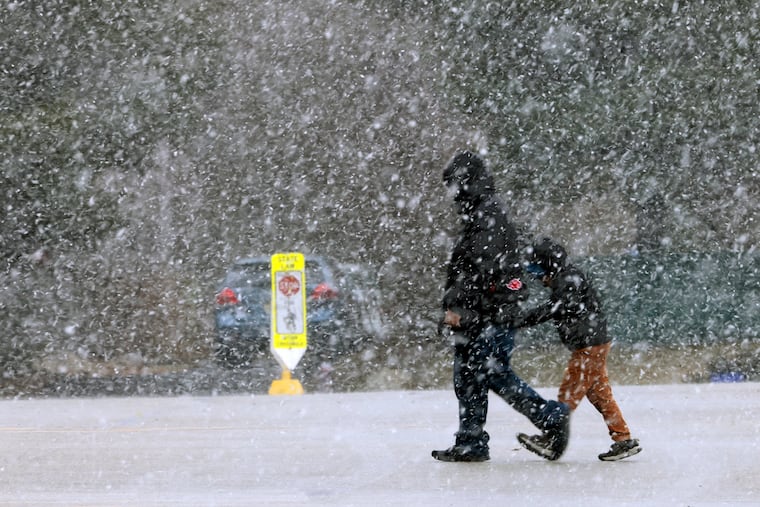While suburban districts closed or called delays, Philly schools remained open. And many are mad about it.
“This was a bad call,” said Robin Cooper, president of the union that represents Philadelphia School District administrators.

“This was a bad call,” said Robin Cooper, president of the union that represents Philadelphia School District administrators.
